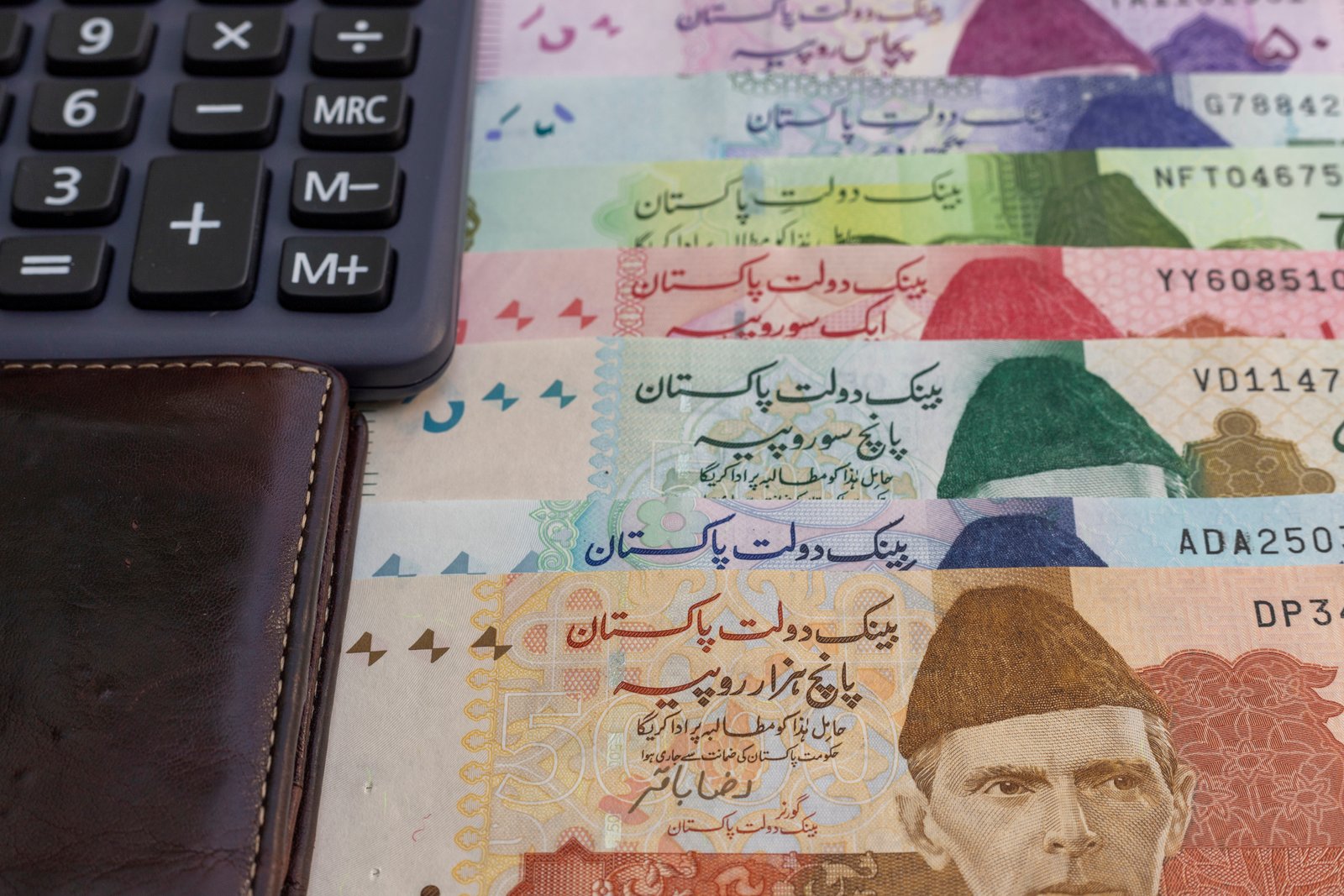This blog is part of a series organised in conjunction with the 19th global development conference.
How should progress on achieving the Sustainable Development Goals be measured and monitored? This column – an entry in GDN’s 2019 international youth blog competition – raises concerns about the lack of technical tools and outlines one option to address that challenge.
The Sustainable Development Goals (SDGs) have motivated a reappearance of research interest. Recent analysis shows that before 2010, there were fewer than 100 papers on topics related to sustainable development: that figure increased to over 500 papers by 2016.
It is not only this rise that is striking, but it is also notable that sustainable development research touches on a wide variety of topics and is conducted by academics from various disciplines. A thematic map depicting clusters of topics that academics have explored shows that most research focuses on two key areas: health and healthcare; and environment, agriculture, and sustainability science.
But as a strong advocate of the interdependence of research and policy-making, my view is that much remains to be done:
- First, the sound knowledge generated by research is undoubtedly useful in guiding policy-making, providing insights that can drive decision-making, actions, and outcomes.
- Second, research can help to explain everyday reality, affecting the wellbeing of people and sparking debate on crucial topics.
- Third, our world is dynamic and changes at an accelerating pace, which makes monitoring the SDGs across time and across (and within) countries a considerable challenge.
Defining the SDGs in a detailed manner is by itself a challenging task, requiring in-depth consultation and an overview of the strengths and weaknesses of a variety of topics across countries. According to a recent UN report on SDGs’ progress, a central feature in advancing sustainable development research is linked to factors that can be either conceptual and/or technical. While there has been overall progress towards the attainment of the goals on a global scale, and even though there is timely aggregate data available, a great challenge remains a precise technical background for measuring and monitoring progress.
Indeed, if the ultimate goal is to achieve the SDGs on a global scale, it is crucial to be able to measure progress and set targets. In the meantime, this is not a ‘one size fits all’ procedure and therefore it is of utmost importance to take into consideration that there is heterogeneity not only across but also within countries.
Moreover, identifying country strengths and weaknesses and working around them is an essential element for moving forward. Of course, the availability of raw data is an excellent starting point, but the real challenge is handling them correctly and the most effective way to achieve solutions and policy outcomes that make a real difference across countries. Therefore, these points towards the need for the development of appropriate technical tools that will enable to close the gap of inequality, achieve a more prosperous and sustainable living or eliminate environmental damage.
One recent study is a good example of research that could address the technical challenge and, consequently, have an impact on sustainable development. The researchers present a more holistic way of evaluating economic units (such as countries) than previous proposals by including a variety of preferences in this process.
The key issue in such evaluation is the set of preferences – weights – according to which units are evaluated. Yet the choice of such preferences amalgamates the natural act of expressing preferences in social acts, where these preferences could regard policy-makers, experts, or even citizens at whom policies are addressed.
This approach takes into account a multiplicity of said preferences and evaluates the units of interest, by taking account of the distribution of their evaluations through the arithmetic mean (μ, shows the typical evaluation) and the standard deviation (σ, shows dispersion around the typical evaluation) for each unit. The former could be seen as a measure of evaluation, whereas the latter as a measure of inequality.
Put simply, taking into account a plethora of socio-economic criteria, a country could perform adequately enough to have a great overall score, but also have to be balanced so as not to satisfy only a small portion of its citizens.
To arrive at an overall evaluation, an optimal trade-off (one that is most rewarding for all units) between these two measures is computed through a simple benefit-of-the-doubt approach on a two-dimensional plane formed of μ and σ. From a policy-making perspective, the authors argue that through a multi-frontier analysis it is feasible to obtain:
- Information on overall efficiency (in the sense that a country’s performance is indeed rewarding – high μ – and for all members of the community involved in the evaluation –low σ.
- Findings, for each country, the closest benchmarks or clusters of similarly performing countries to compare against and find ways to become better.
- To see how a country’s performance changes over time and decompose which part of this is related to general technological change and a country’s pure true effort to succeed in that.
The authors provide an example using data from the World Happiness Report, which ranks countries according to the level of their citizens’ happiness based on their performance rather than the – otherwise subjective – opinion of the public regarding their happiness. This exercise demonstrates the practical value of the proposed methodology. This application, therefore, could be extended to other areas of the SDGs and therefore could be beneficial in several ways:
- Monitoring and achieving targets: for example, tracking trends and progress towards climate action (Goal 13), gender equality (Goal 5) or Poverty (Goal 1).
- Identifying areas of weakness within and across countries: for example, how does country x perform in comparison to country y regarding renewable energy (Goal 7)? In which aspects do these countries differ? And how can country x approach the performance of country y?
- Shaping policies and action plans to address weaknesses both horizontally (across governments) and vertically (at the national, regional, and sub-regional levels): once country x’s weaknesses are identified then governments will be able to efficiently focus on improving those areas and working towards achieving a specific quantifiable goal. This would also help financing plans for goal implementation, in the sense that governments will be able to spend their budget according to their real needs and focus on particular income groups and the more vulnerable.
On a more general note, sustainable development research has made progress, at least since the launch of the SDGs. Yet, there are many remaining aspects – as well as upcoming ones – that need to be addressed. A great drawback highlighted by the UN is the lack of technical tools to monitor progress and identify shortcomings across the SDGs. Research papers of the kind outlined above demonstrate the extensive contribution that social sciences can make to development research. Research is vital to go a step further in making the SDGs a reality.






